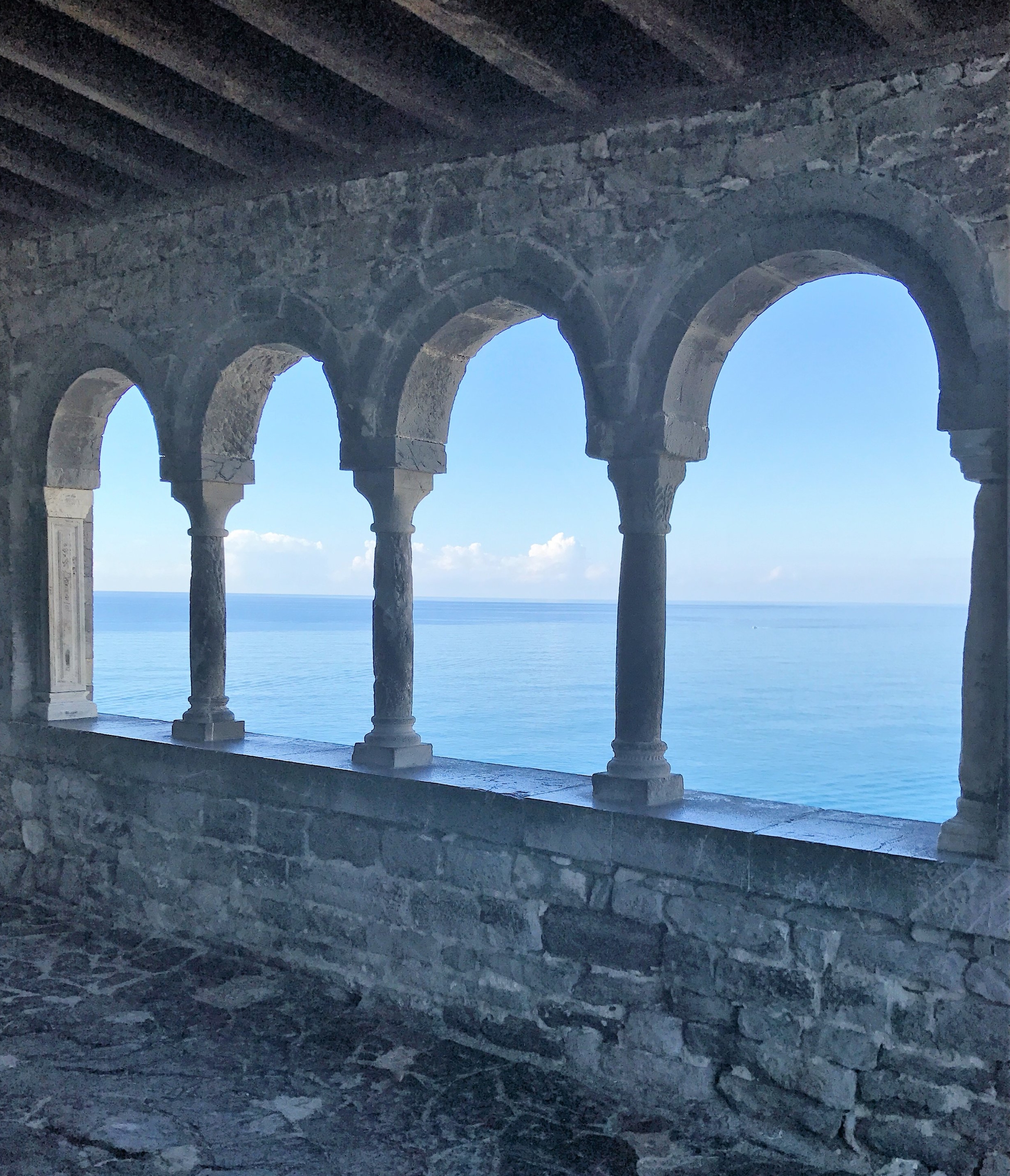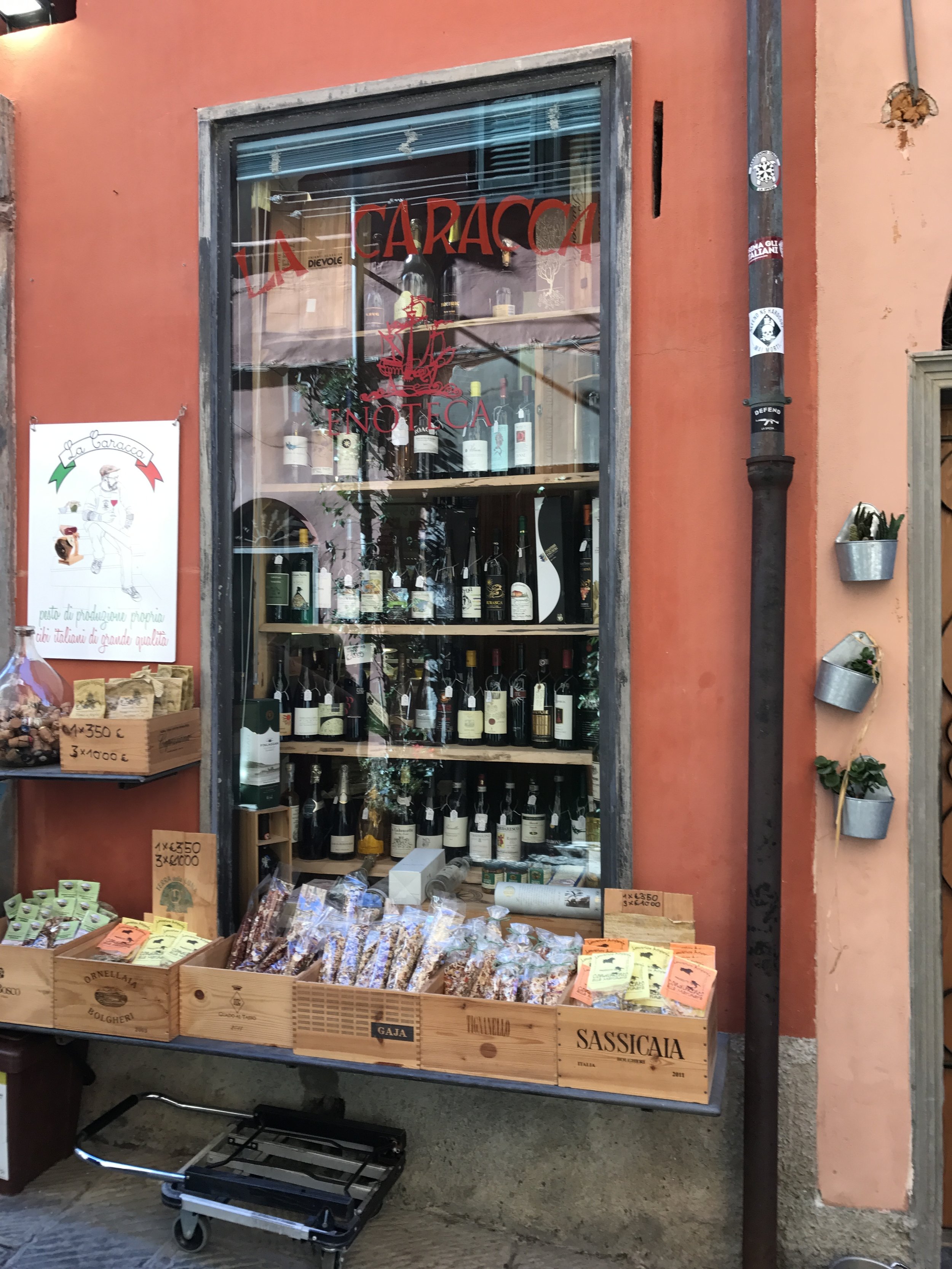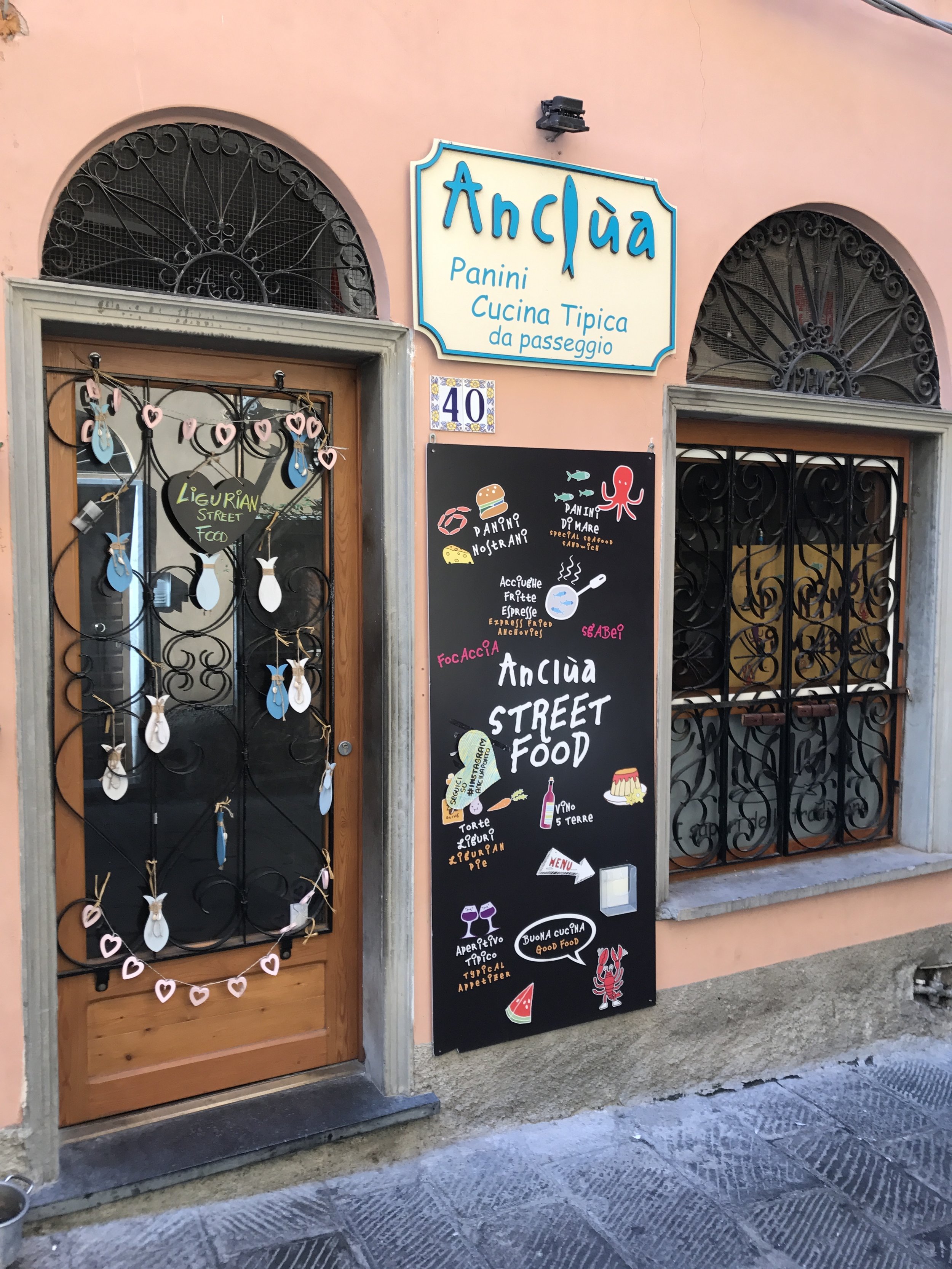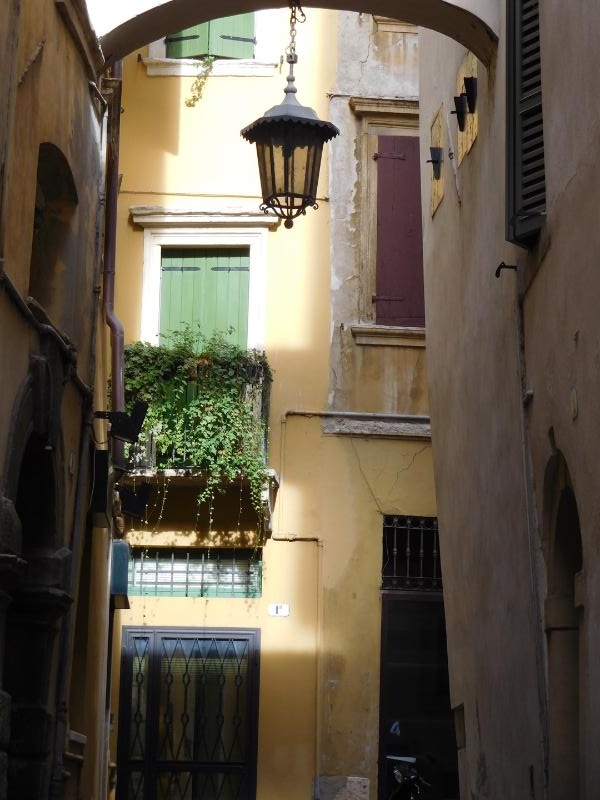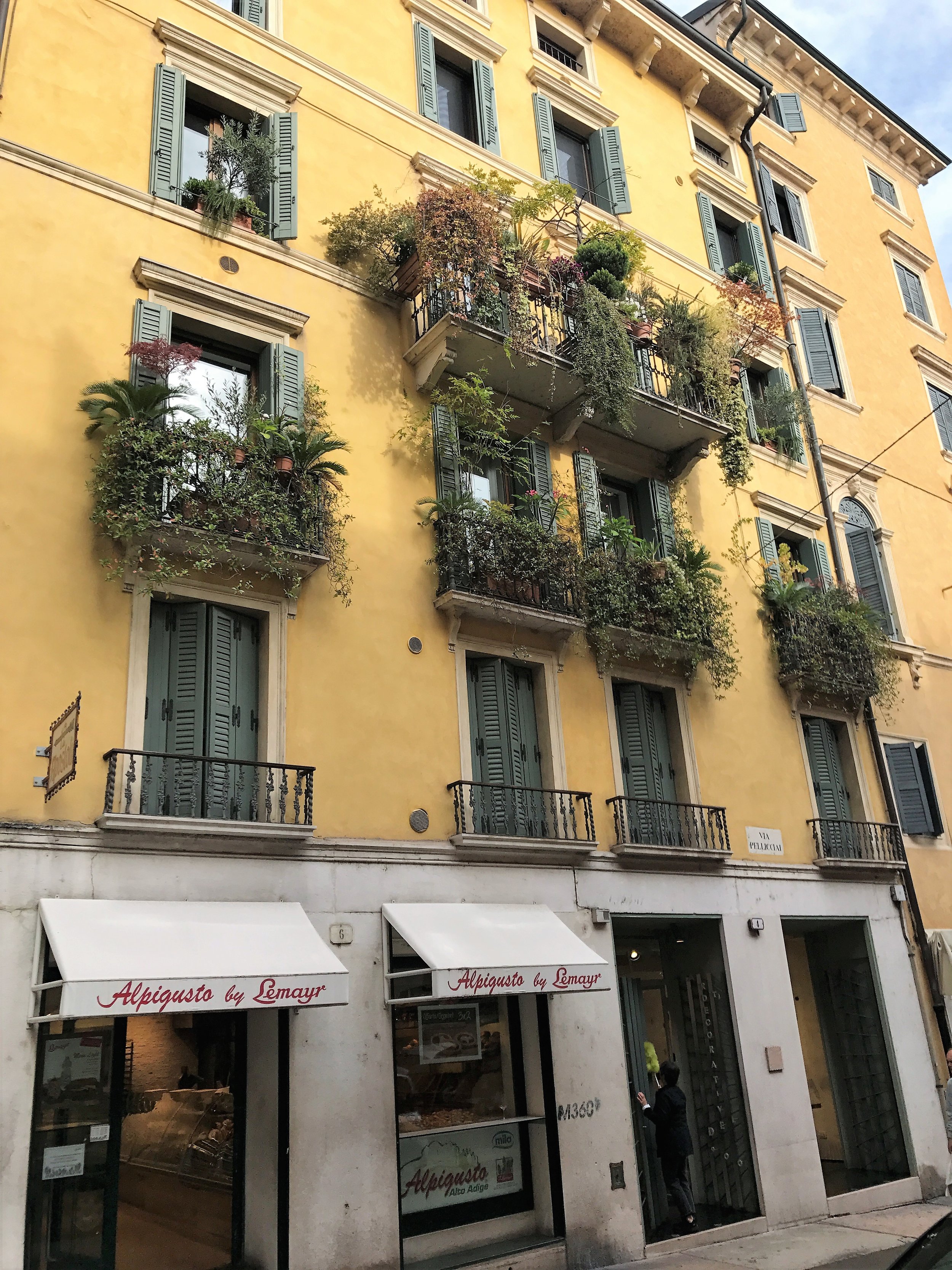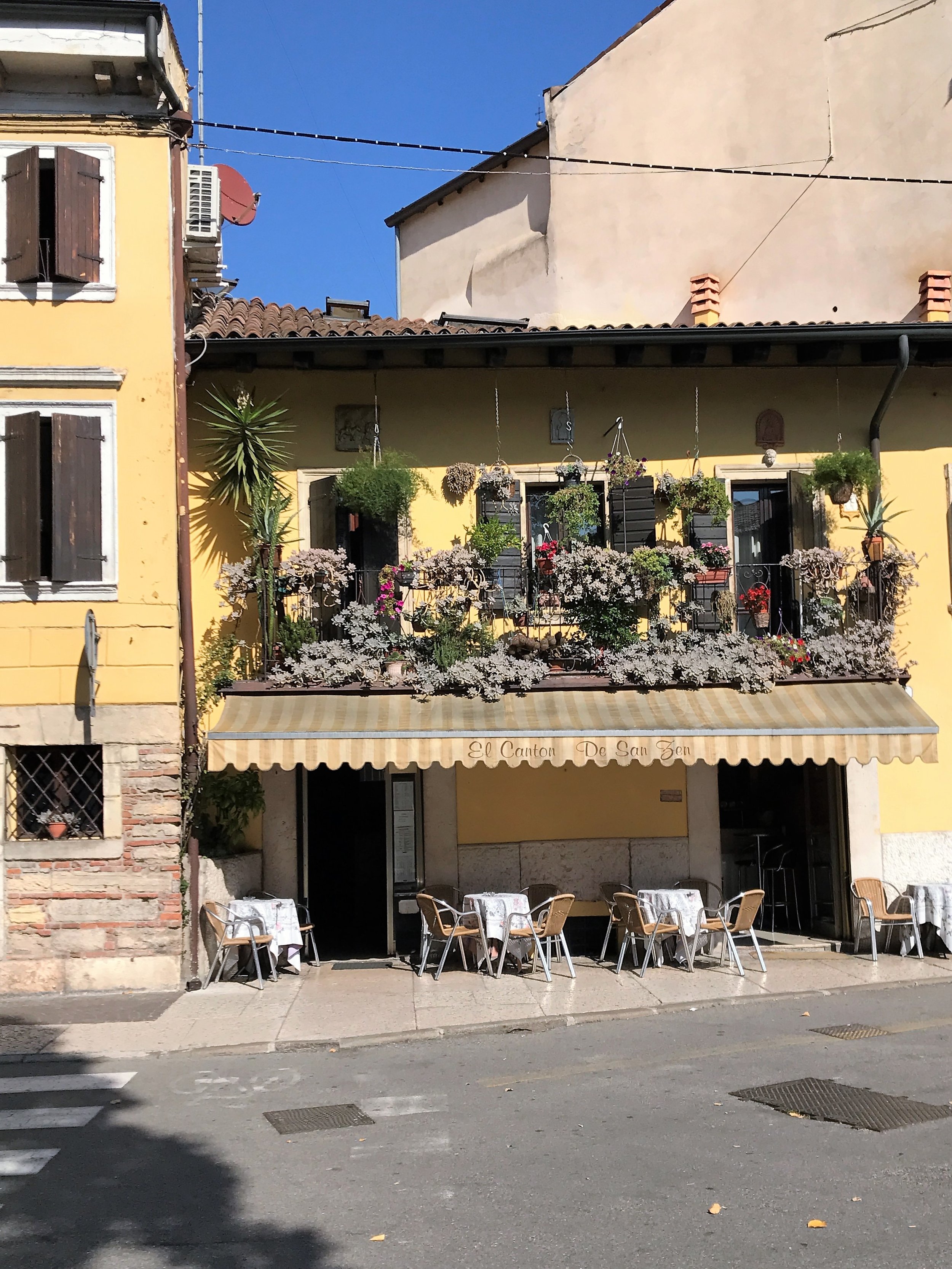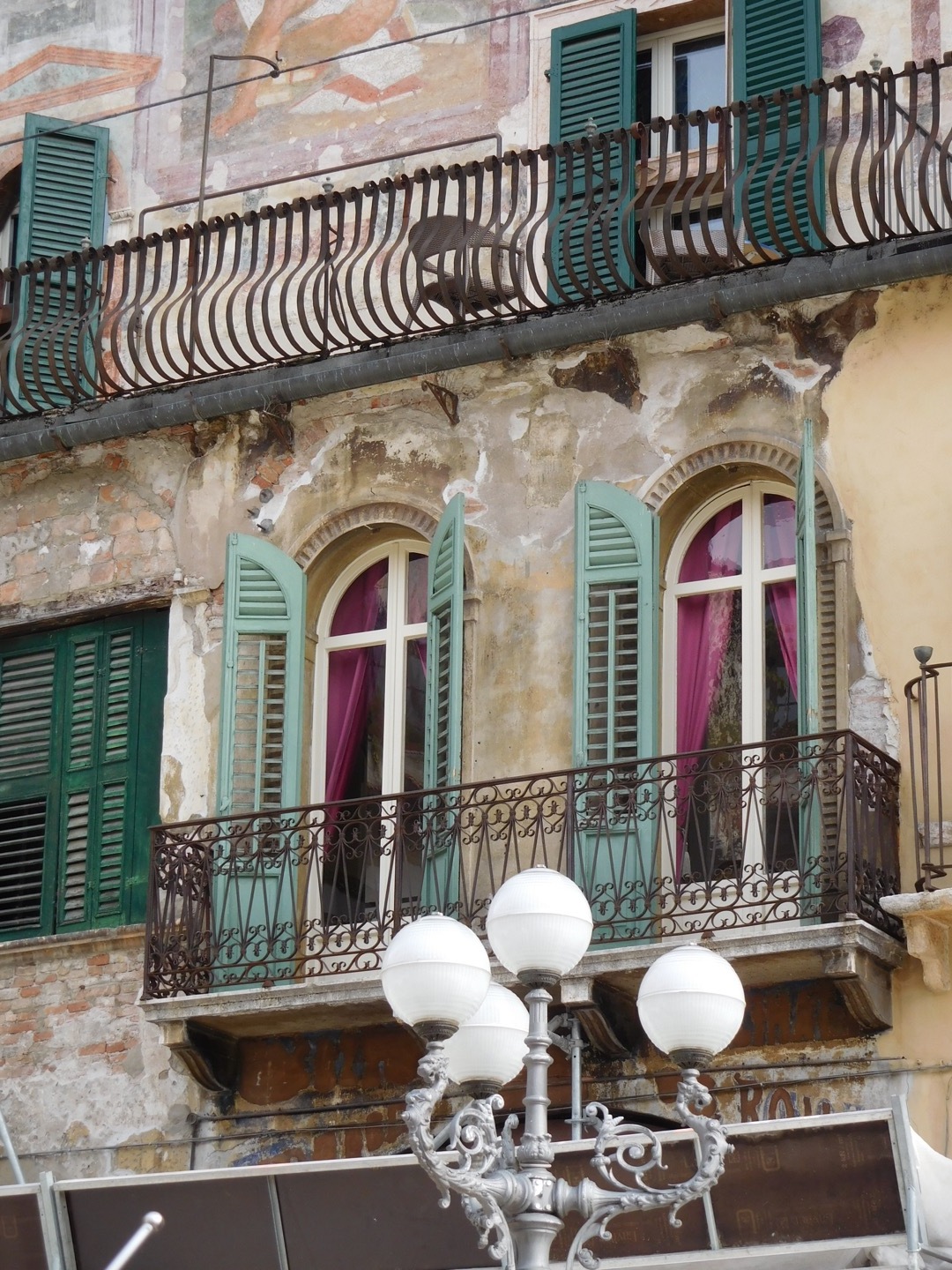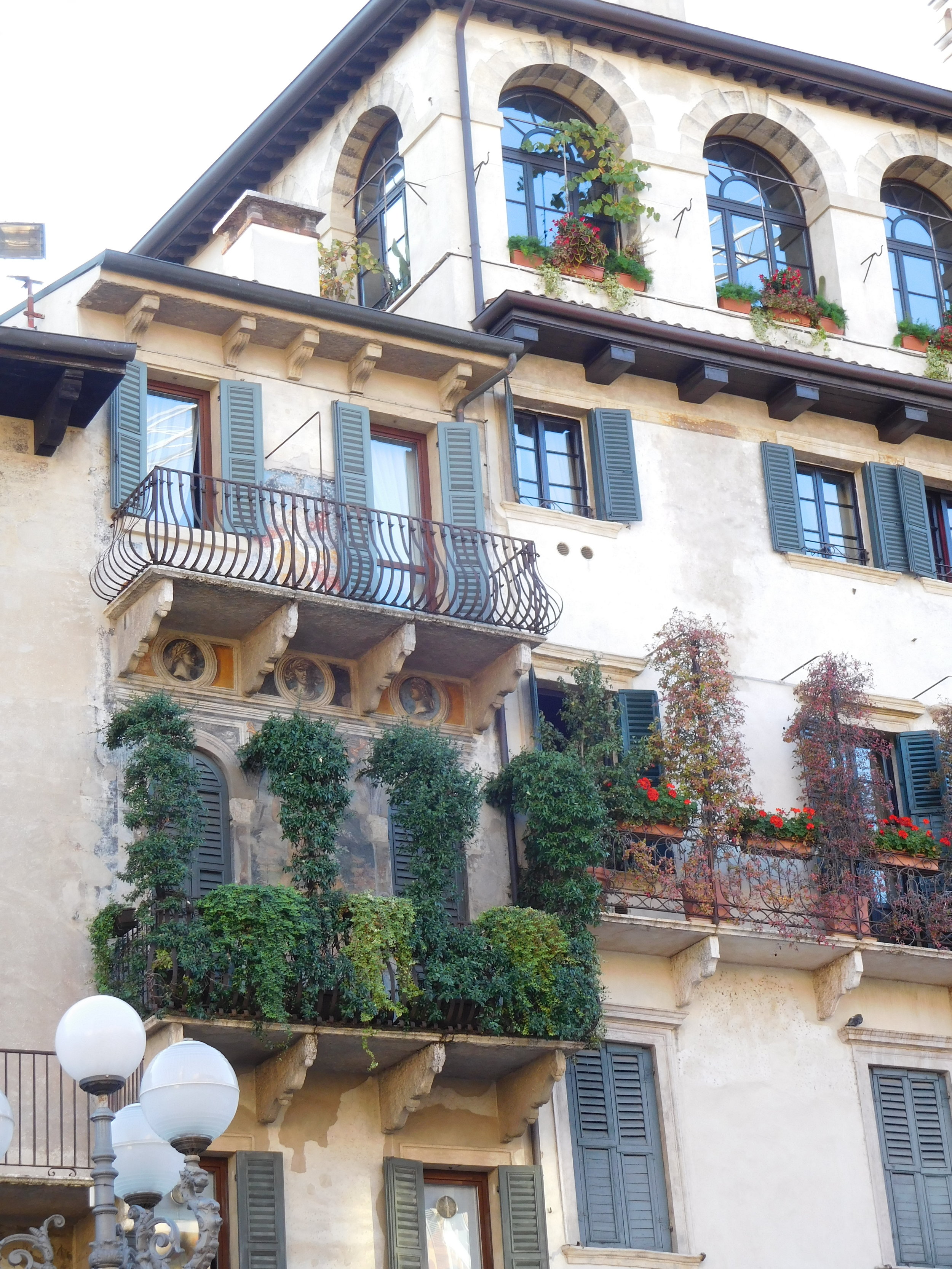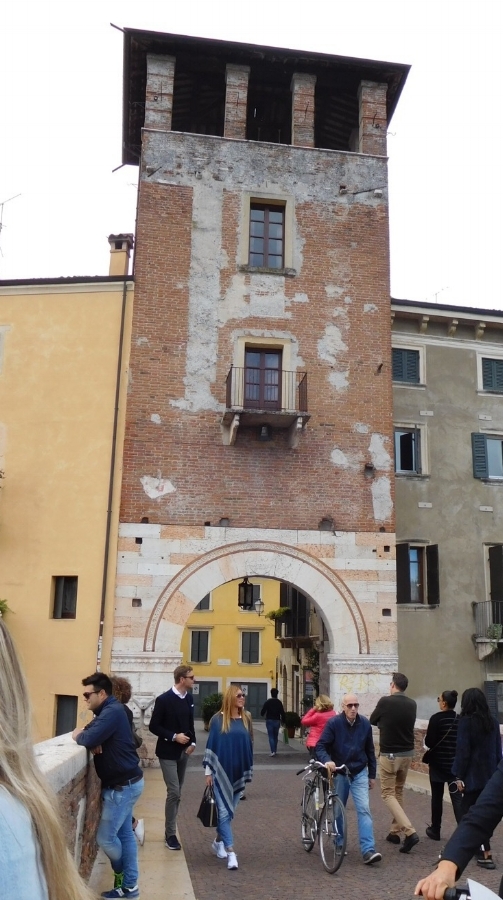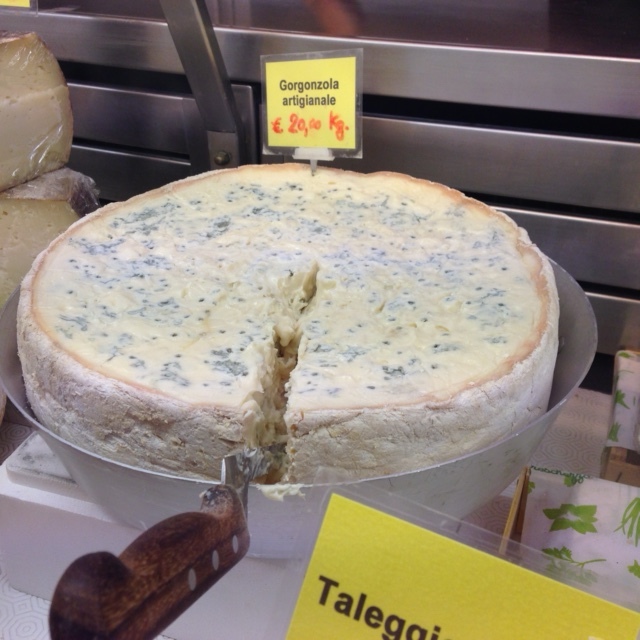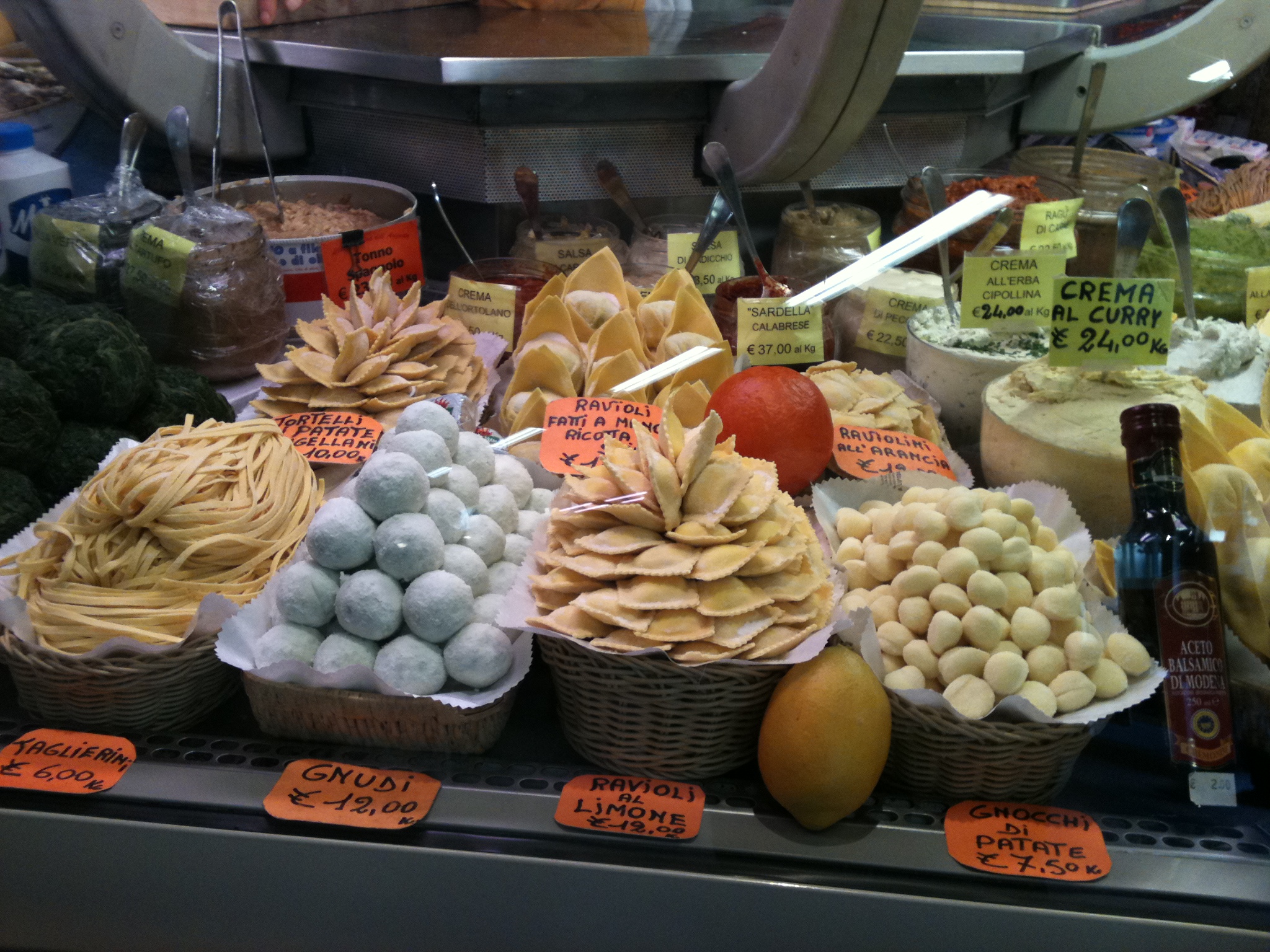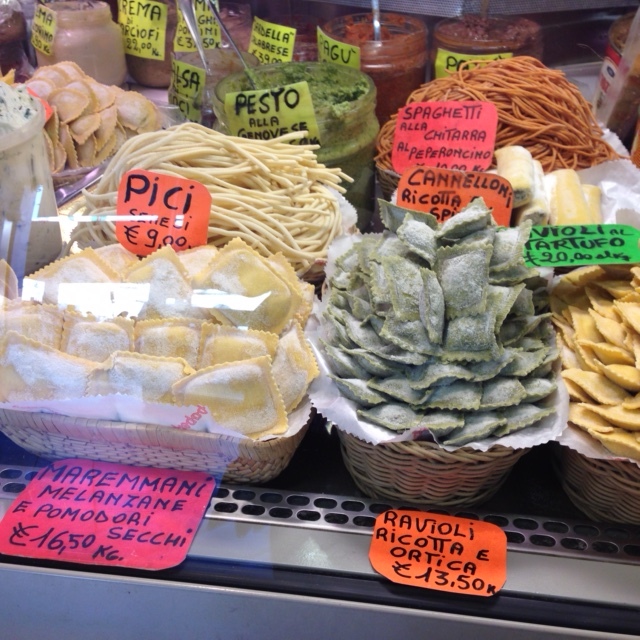Portovenere: Beauty Along the Italian Coast
About this time in February every year, I begin to tire of winter’s darkness and start to long for days with many more hours of sunlight – preferably Mediterranean sunlight. I think of the coastline along western Italy, of the small towns where houses perch on cliffsides along the Amalfi Coast in the south of Italy or the Italian Riviera in the north.
Portovenere in Liguria, Italy
Lately, I have been picturing Portovenere, which sits just south of the more tourist-attracting Cinque Terre villages of Monterosso al Mare, Vernazza, Corniglia, Manarola and Riomaggiore. Portovenere draws visitors but not nearly as many as those five towns that dot the rugged Ligurian coast.
Spectacular views are to be had from Portovenere.
Like its more popular neighbors, Portovenere is home to bright buildings that mimic the colors of the area: bright yellows like the sun, dark oranges like the land. Its promontory kisses the Ligurian Sea, which flows into the Bay of Poets. Portovenere is one of three communities in the bay and which, along with the Cinque Terre villages, are a UNESCO World Heritage Site.
Lord Byron was one of the poets who loved this area and, as the dedication indicates, swam in the sea here.
Portovenere was originally known as Portus Veneris because of an ancient temple dedicated to Venus, the Roman goddess of love, beauty and fertility. It’s an apt name as Portovenere is charming, beautiful and romantic. The views it offers of the sea are expansive. On a visit last year, the rays of the warm Mediterranean sun sparkled like diamonds on the bright blue water. The atmosphere was one of pure relaxation.
Yet there are also historic sites to see in Portovenere, quaint shops to peruse and restaurants to visit for delicious dishes. The colorful narrow buildings that house apartments and businesses are part of the architectural wonder of the town: They essentially form a protective barrier between the harborfront and the rest of the village. The ruins of Doria Castle offer some of the most stunning vistas of the sea of any place along the Ligurian coast. The castle was built in 1161 for the prominent Doria family. It is an imposing structure even today.
The Doria Castle
Portovenere is an easy day trip from the Cinque Terre villages or from Lucca in Tuscany. On my most recent trip I rented a car and, along with my companions, drove from Lucca to Portovenere for a lovely lunch, an afternoon stroll, a visit to the castle, a gelato and a bit of shopping. Staying for a long weekend would be a perfect way to shake off winter and welcome spring.
-post by JG

